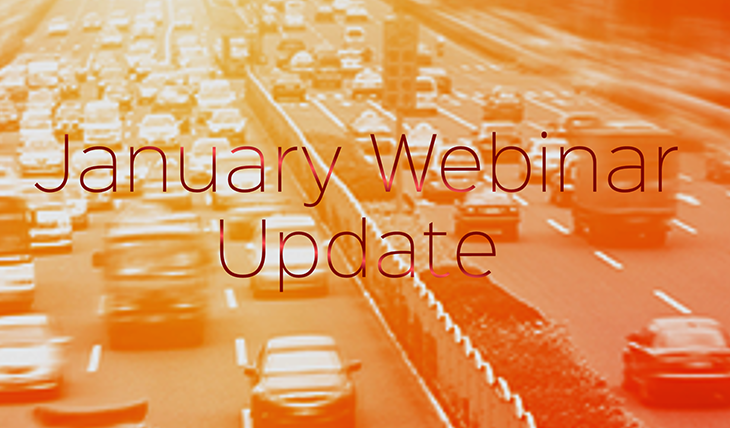What Things May Come: Takeaways From our Webinar

Our recent webinar on the impact of technology and future of community transportation software revealed some key trends of interest for fixed route agencies.We had some interesting insight from three guests who represent a cross-section of agencies. Tim Witten, from Blacksburg, Lourdes Alcox from Manatee County and Craig Smith from SARTA. Each in their own way has been using technology and community transportation software in unique and defining ways. Even though the needs, demographic, requirements and capabilities of their ridership differs, they all agree on the growing need for community transportation software. Two of the main areas of greatest importance emerged: passenger notification for improved service and rider expectations of mobile connectivity.
Demographic Differences in Service Expectation
One of the key quotes from Craig Smith shows an example of what to expect in our industry. He talks about how his agency serves a great deal of younger people (college students primarily.) He suggests that his agency is a good testing ground and indicator of how mobile technology is going to be used in the future. Statistics show that 98% of young adults between the ages of 18-29 have a cell phone. What is also interesting is that there is growth of cell phone ownership as well as Internet usage among seniors (aged 65+). Even though the perception is that seniors are late adopters of technology, this isn’t necessarily the case.
What we can gather is that smartphones and mobile devices are going to play a major role in the way that transit agencies connect to their riders. Both the young and old engage online and therefore they expect faster access to information.
Community Transportation Software for Passenger Info Systems
Tim Witten reveals plans for future development in Blacksburg’s BT4U initiative. The top trend that he sees is in the area of passenger information systems. He admits that finding more ways to enable riders with security and service are key elements for all agencies to address. Fixed route software solutions are going to become more the norm as agencies progress through this century. Annunciators and wayside signs are essential tools to be able to provide these services. Lourdes Alcox talks about the initiatives at MCAT to not only introduce new routes to increase service areas, but to also provide better visibility of stops. For her agency, it is important that accessibility issues get addressed. To go along with that, better information systems are also appreciated. They now provide riders with improved signage that includes a unique stop ID number so smartphone users are able to quickly access schedule information for each stop.
Mobile Ticketing in the Plans?
If we make a logical leap, it seems clear that mobility access and mobile payment services are going to grow in prominence. Faring options are going to get an update. This can include e-wallet services, smartcards and paying from the phone itself. In the same way that you can use the Starbucks app to quickly and securely pay for your coffee, you are able to pay for your transit fare. Mobile ticketing is already in use by some of our clients and their riders, including the new launch of EZFare at Frederick County Transit. As they’re already discovered, riders expect as many payment options as possible.
What do you think are the growing trends that are likely to be addressed by community transportation software solutions? Our panel of guests have each helped to shape the future development of software solutions in the industry. By knowing exactly what is needed, companies like TripSpark are able to set development goals for the future. That’s in our future. What’s in yours?
